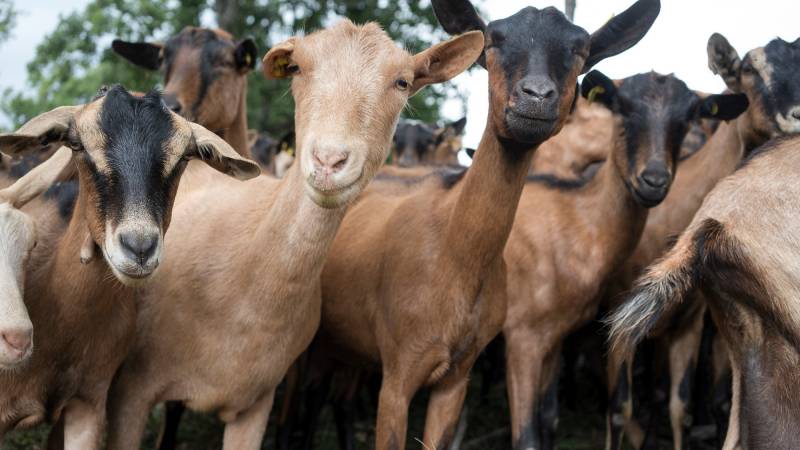This year, the Legislature passed several bills aimed at encouraging home hardening. Among them: Assembly Bill 38, introduced by Democratic Assemblyman Jim Woods of Santa Rosa, requiring property sellers in high fire-threat zones to disclose fire safety improvements. And SB 190 directs the state fire marshal to develop a defensible space program. That bill, from Democratic Sen. Bill Dodd of Napa, gives local governments the authority to impose an abatement lien if they fail to create and maintain defensible space around their homes.
So how can homeowners help themselves?
First, find out whether your home is located in a high-fire threat area. The California Public Utilities Commission recently developed a searchable fire map to help residents determine their fire risk.
If you are in the high-risk zone, Cal Fire has recommendations for hardening a home for wildfire season. Some suggestions are costly, such as replacing wood or shingle roofs and single-pane windows, or using ignition-resistant materials for decks, patios and fences.
But if spending tens of thousands of dollars isn’t in your budget, there are still many low-cost preventive measures worth trying. Here are a cheap and effective few:
Fire-resistant landscaping
Cost: $20 and up
French lavender, red monkey flower, sage, California fuchsia, and California lilac. These are only a few of the beautiful and affordable fire-resistant plants that can be used to strategically resist the spread of fire to your home. A gardener can re-landscape your home in an afternoon for a few hundred dollars, or a family can turn it into a fun weekend do-it-yourself project. An added bonus? Fire-resistant plants are usually also drought tolerant.
A good pair of pruners
Cost: $30 and up
Cal Fire suggests trimming trees, branches and clearing bushes around defensible spaces — areas that are usually up to 5 feet from the home. Trees should be cut regularly so that branches are a minimum of 10 feet from other trees. Remove branches that hang over a roof and keep dead branches 10 feet away from a chimney. A gardening crew can do this for a few hundred dollars, but homeowners on a budget can also do it themselves.
Ember-resistant vents
Cost: About $50 per vent
Open vents act as backdoors for embers. Hours after a blaze appears to be extinguished, a smoldering wildfire fragment can ignite a new fire from inside a home. Fire officials recommend covering vent openings with ⅛-inch or ¼-inch metal wire mesh. The mesh should be very small and stay away from material that can melt and burn, such as fiberglass or plastic — fireproof vents are also available at your local hardware store. Again, homeowners can pay a handyman or contractor a modest fee to do this, or do it themselves.

